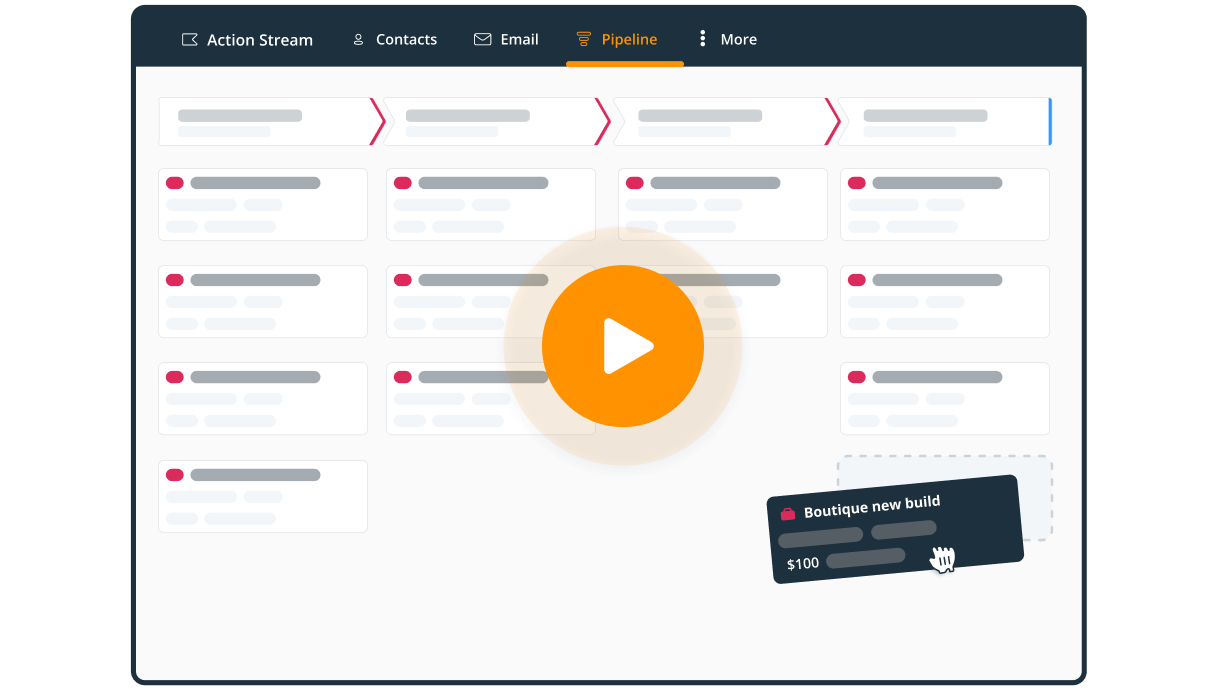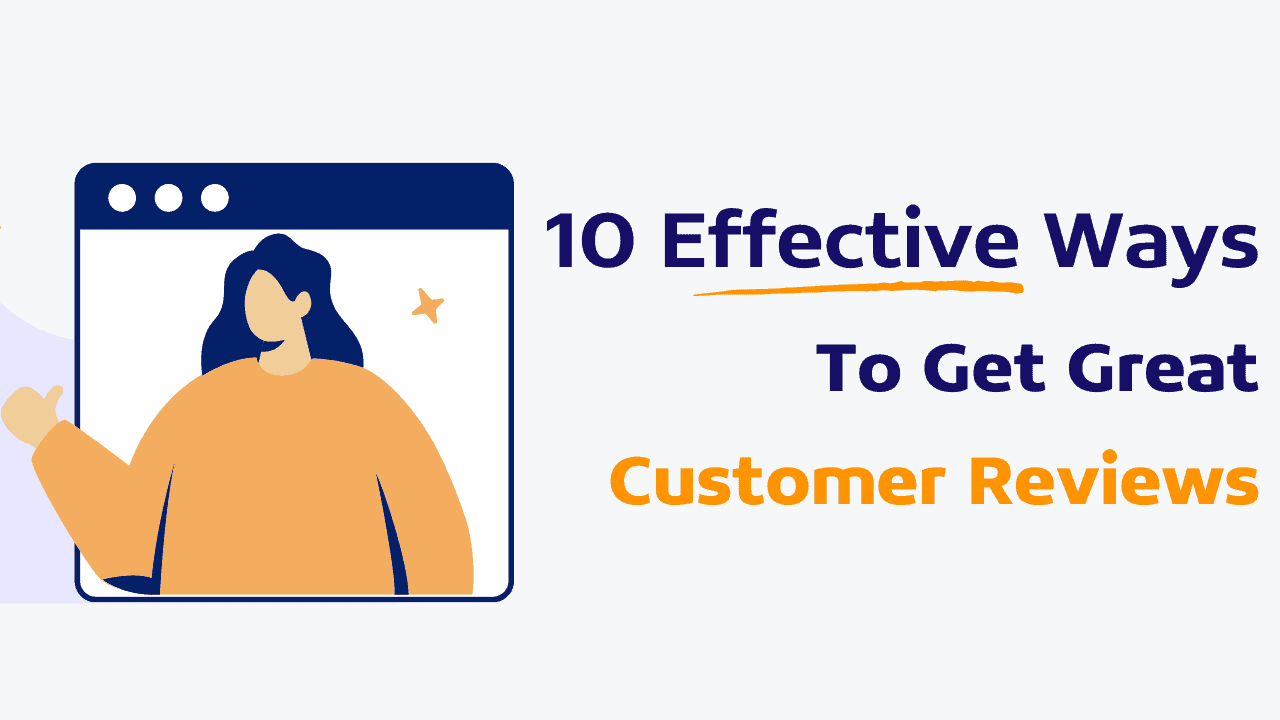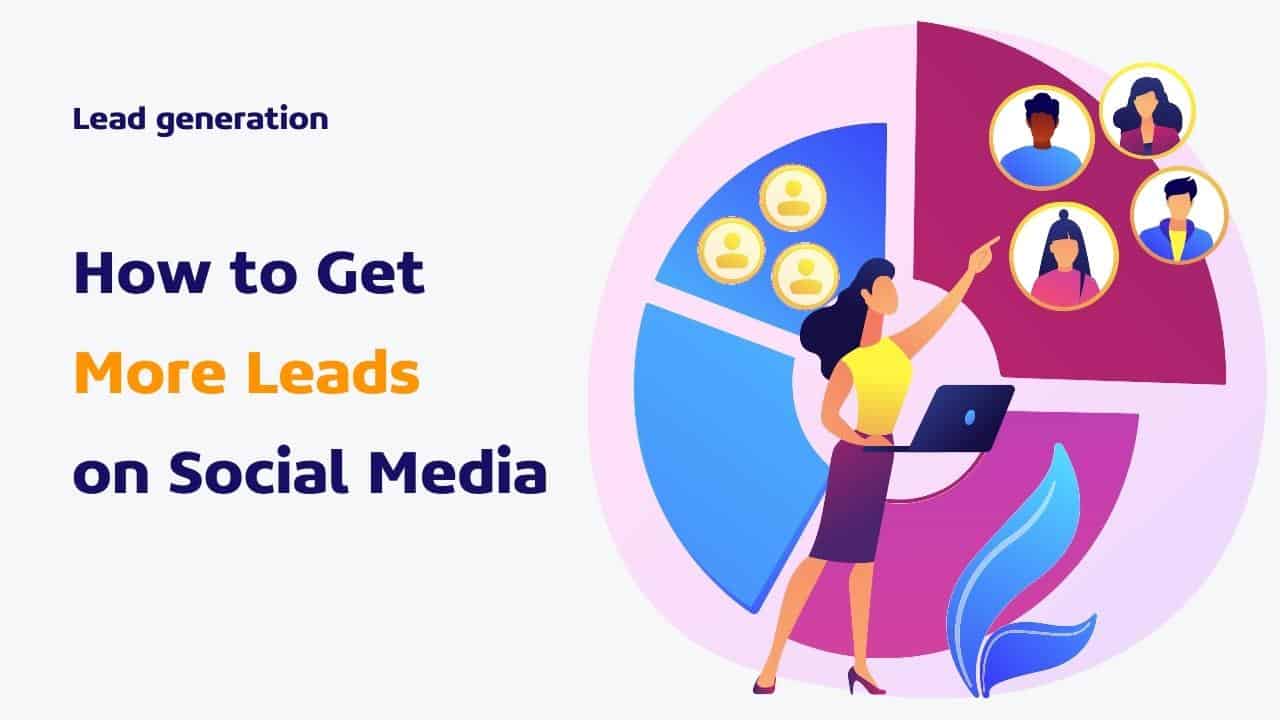

Lead Capture: Definition, Examples, and 8 Best Practices

Done right, lead capture can have a long-lasting positive effect on your sales funnel.
It helps you to fill your sales pipeline with highly qualified prospects and nurture them into paying customers.
In this blog post, we’ll share:
- A clear definition of lead capture (and how it’s different from lead scraping),
- Examples of your business can use it to crush your sales targets,
- 9 best practices to level up your lead capture game.
What is lead capture?
Lead capture is a strategic way to fill your sales pipeline. It’s a process of collecting contact details of potential customers (leads) through web forms, pop-ups, ads, lead magnets, and so on.
Lead capture is more manual compared to lead scraping, which is a process of automatically collecting publicly available data from various sources.
With lead capture, salespeople don’t deal with thousands of rows of data but manually pick and choose leads that fit their prospecting criteria. This results in a higher quality of leads and higher closure rates.
While lead capture may require more effort, the leads that end up in your CRM are far more likely to convert into paying customers.
It’s like the difference between using a net that catches everything in the water (lead scraping) versus using a magnet that only attracts the metal objects (lead capture).
What are the different types of lead capture?
Different lead capture methods work better in different situations. You wouldn’t want to use the same method for every case.
The key is to mix them up across various customer touchpoints.
Here are some of the most common tools:
1. Web forms
Web forms are the most traditional form of lead capture.
They can be embedded on any webpage. Visitors can input their contact details and any other relevant info you want to capture. Things like name, email, company, role, etc.
For top-of-funnel lead capture, shorter is better. Think 3-5 fields max asking only for basic details like email and name. The goal is to reduce friction and ease visitors into your funnel.
2. Chatbots
Web forms have one major shortcoming: they’re passive. Your prospects have to intentionally seek them out and fill them in.
Chatbots, on the other hand, can help you capture lead data in a much more interactive, conversational way. A chatbot is essentially a 24/7 virtual sales rep working to capture leads around the clock.
3. Pop-ups
While pop-ups have gotten a bad reputation for being intrusive, they are still one of the most popular lead capture methods.
Pop-ups quite literally pop up and ask your website visitors’ attention in a way that web forms and other tools simply can’t.
Used strategically, pop-ups can yield good results. For example, when you’re about to bounce from an e-commerce site but get a pop-up offering a discount code for your purchase. Money saved, lead captured—everybody wins.
Here’s a non-intrusive pop-up we show to our website visitors who spend a bit of time on the blog post about affiliate marketing. We use the Help Scout’s Beacon feature for this:
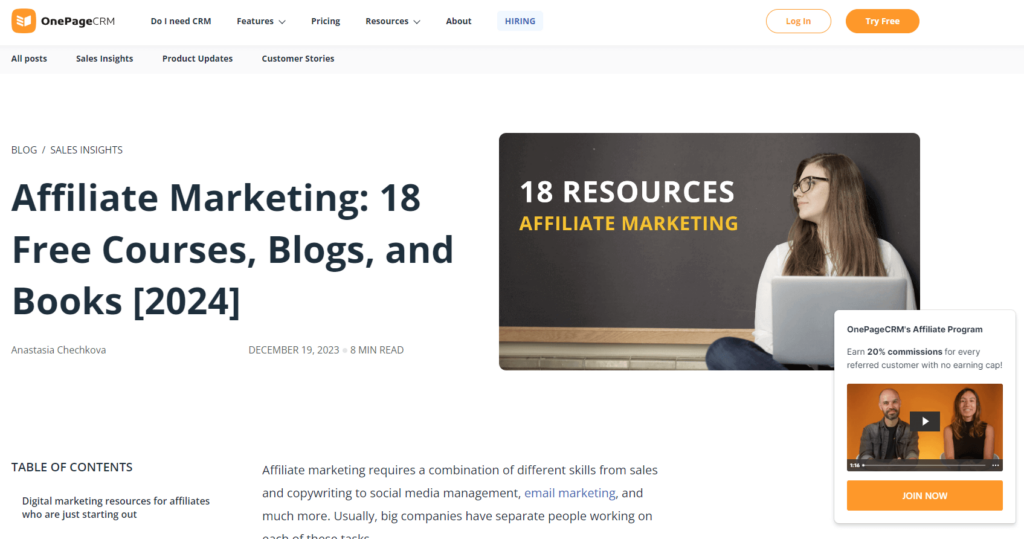
4. Lead Clipper
Salespeople are constantly bombarded with potential lead information from a million different sources: LinkedIn, company websites, events, trade shows, emails, etc.
Manually copy-pasting these details into your CRM is tedious. It also opens doors for errors and typos.
The Lead Clipper is a browser extension that allows you to capture lead details from any webpage with just a couple of clicks.
Here’s how it works: When viewing a promising prospect’s info somewhere online, just click the Lead Clipper icon.
It automatically detects and pre-populates fields with all the relevant data like name, company, contact info, etc., and pulls this data into your CRM account.
5. Gated content
Most people aren’t eager to hand over their contact details to just anyone.
That’s where gated content can be a total game-changer. By offering something of value, you make it more appealing for prospects to opt in.
Gated content (or lead magnets) can be any high-quality and educational content from ebooks and whitepapers to templates, toolkits, and so on.
When done right, gated content is a win-win. Prospects get useful resources, and you get their contact data.
6. Social media ads
Social media can do wonders for your lead generation efforts.
Nowadays, most social media channels have built-in lead gen forms.
The data you can capture goes beyond basic contact details. Social media ads allow you to add a few qualification questions about the prospect’s interests, needs, timeframes, and more.
This gives your sales team a richer (and higher quality!) pool of leads to work with.
7. Webinars and events
Webinars, conferences, trade shows, and other events can help you capture many lukewarm as well as hot leads.
When someone registers for your event, they’ve essentially self-qualified as an engaged prospect. In other words, you’ve piqued their interest! These leads are a stark contrast to website visitors you may struggle to convert.
Your entire event registration process can act as an extended lead capture tool. First, you gather basic info on the sign-up form. Then, you can add polls, surveys, and Q&A sessions to capture additional details.
8. Quizzes and questionnaires
Quizzes and questionnaires let you flip the script and make lead capture actually fun and engaging. They are interactive and can quickly grab your audience’s attention.
You can also get quite creative with them. Who doesn’t love learning more about themselves in a fun and entertaining way?
You don’t need anything complicated. Simple quizzes and questionnaires can be more than enough for your prospects to self-identify and better relate to your products or services.
For your inspiration, here’s an example of a fun quiz we published on our website on February 14, 2024:
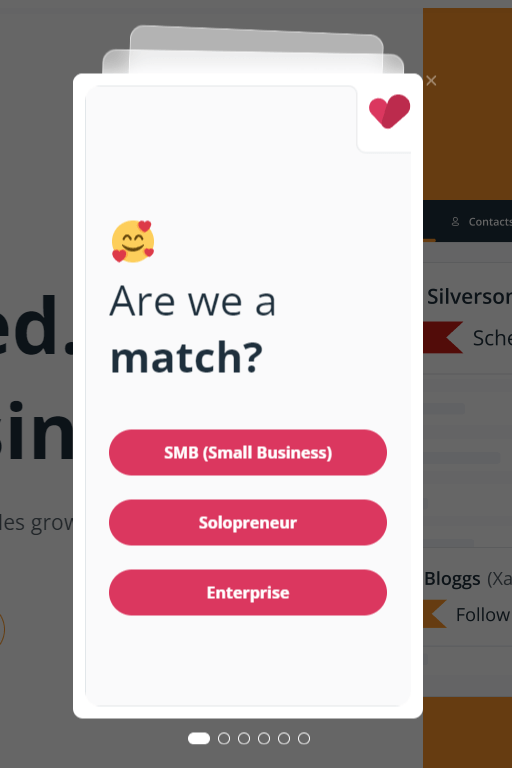
How to effectively capture leads?
Capturing a lead is only part of the story.
The real deal is getting them through your sales pipeline, one stage at a time.
In this section, we’re going to unpack the best practices of lead capture.
1. Provide value first
Before asking for their email address or phone number, make sure you provide valuable content or resources.
One of the biggest mistakes in lead capture is asking for something before providing any value. Successful salespeople embrace the reciprocity mentality.
Watch this short video on the power of reciprocity in sales:
Before expecting prospects to hand you over their contact details, start by offering something they actually want—free educational content, helpful templates, or exclusive tips.
Make your audience think “You know what, that’s actually really useful. I don’t mind sharing my email for more of that.”
The higher the perceived value of what you’re offering, the lower the perceived cost of submitting their information feels.
2. Minimize effort
It’s not just about being lazy. No one has time to fill out lengthy forms that ask for a lot of information.
Your lead capture tools should have as little friction as possible. Only ask for essential information at first.
The easier you make it for prospects to opt in, the more conversions you’ll see. You’ll have an opportunity to gather more info over time as leads engage with your brand more and as you start properly qualifying them.
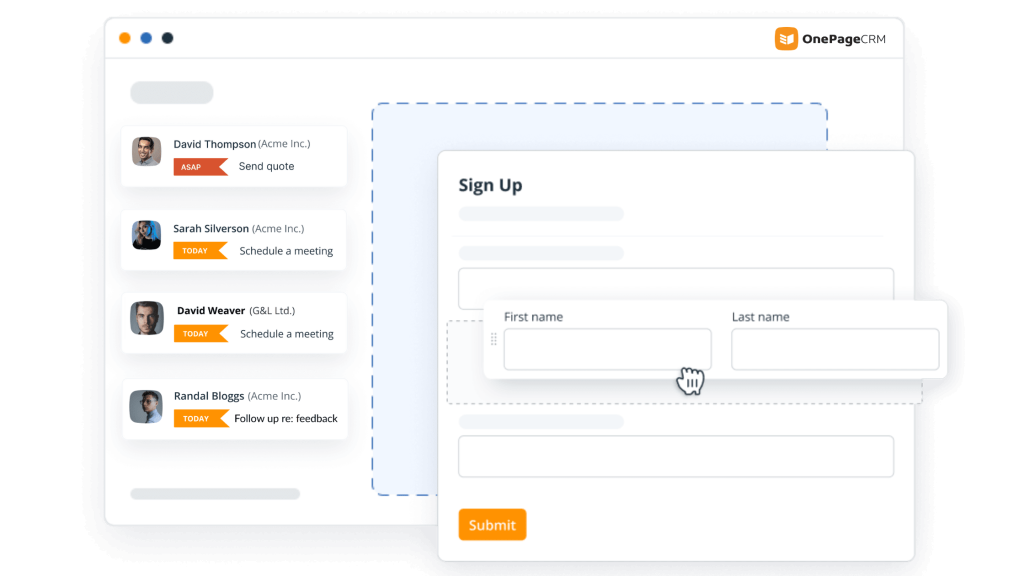
3. Follow up quickly
There’s a harsh truth about lead capture—those hard-earned prospect details start going stale pretty fast if you don’t follow up right away.
The key is to strike while that lead is still hot. That means having a system in place for promptly following up with captured leads to nurture them while they’re still engaged.
Ideally, you want to stay at the top of their mind throughout their decision-making process.
Don’t let fresh leads sit around getting cold. Even a simple automated email can go a long way in converting them into a sales opportunity.
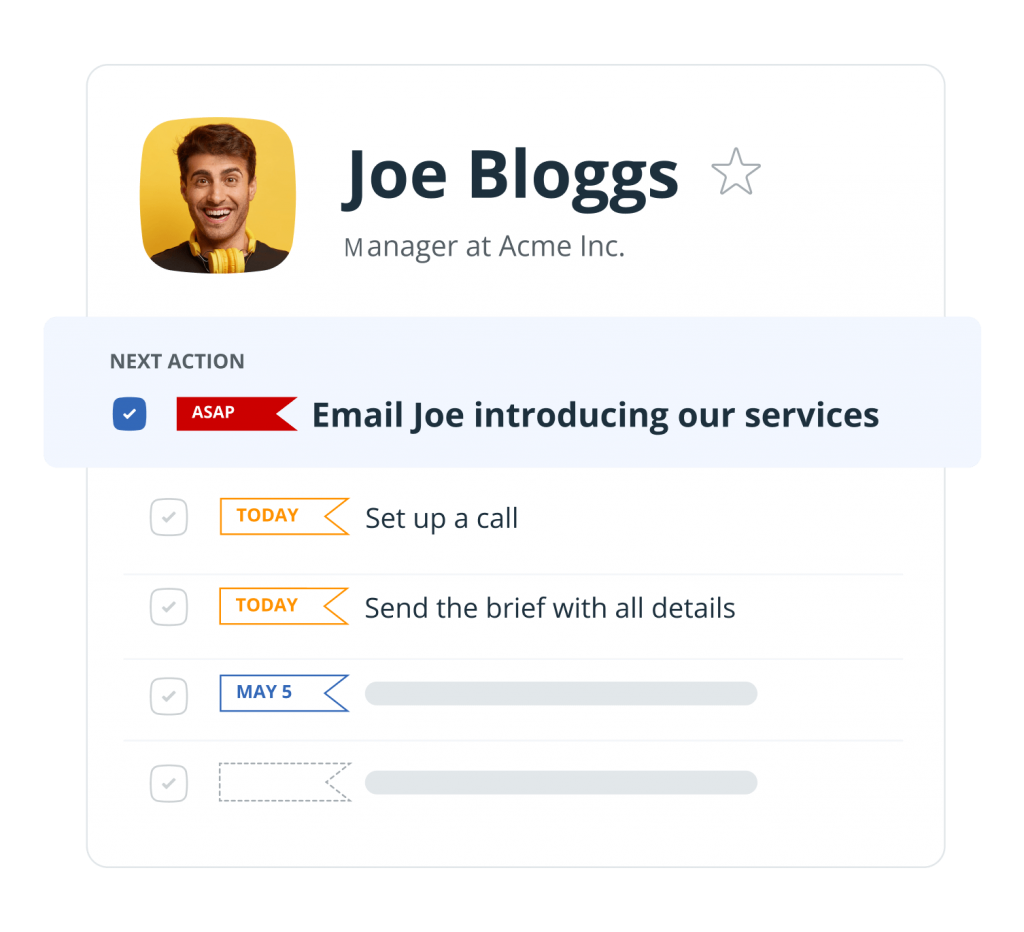
4. Use A/B testing
You may think you’ve created the perfect high-converting lead capture experience, but there’s always room for improvement. Nothing is perfect in this world.
Even minor tweaks to things like copy, layout, call-to-actions (CTAs), colors, or even places where you embed your lead capture assets can lead to higher conversion rates.
Always be split-testing variations to identify which versions capture more leads. You’ll be able to find a few low-hanging fruit ready to boost your results.
5. Leverage social proof
Social proof is an often overlooked step in lead capture!
Peer influence is powerful when it comes to decision-making. We all inherently trust the experiences and recommendations of other people similar to us.
So add testimonials or reviews next to your web forms or lead magnets. Share real case studies, review scores, and stats that validate how valuable and trustworthy your solution is. Not many people want to take a blind leap.
6. Use outbound lead capture
All the tips so far are key for capturing leads in an inbound way, a.k.a. waiting for them to come to you.
But what about a more proactive approach to lead capture?
Publicly available data on the internet is arguably a salesperson’s most powerful tool for outbound lead capture. You can zero in on specific companies, roles, keywords, locations, and other data.
From there, you can methodically scrape key contact details into your CRM.
Just be sure to use tools that extract contact data in a compliance-friendly manner.
7. Segment your captured leads
Not all captured leads require the same level of effort and attention. Successful salespeople bucket their captured leads into segments based on different criteria.
That way, each group can receive tailored messaging, content, and touch cadences.
For example, you may have leads that came from a web form vs. leads that you manually searched for on LinkedIn. These two segments will require two different approaches to nurturing and outreach.
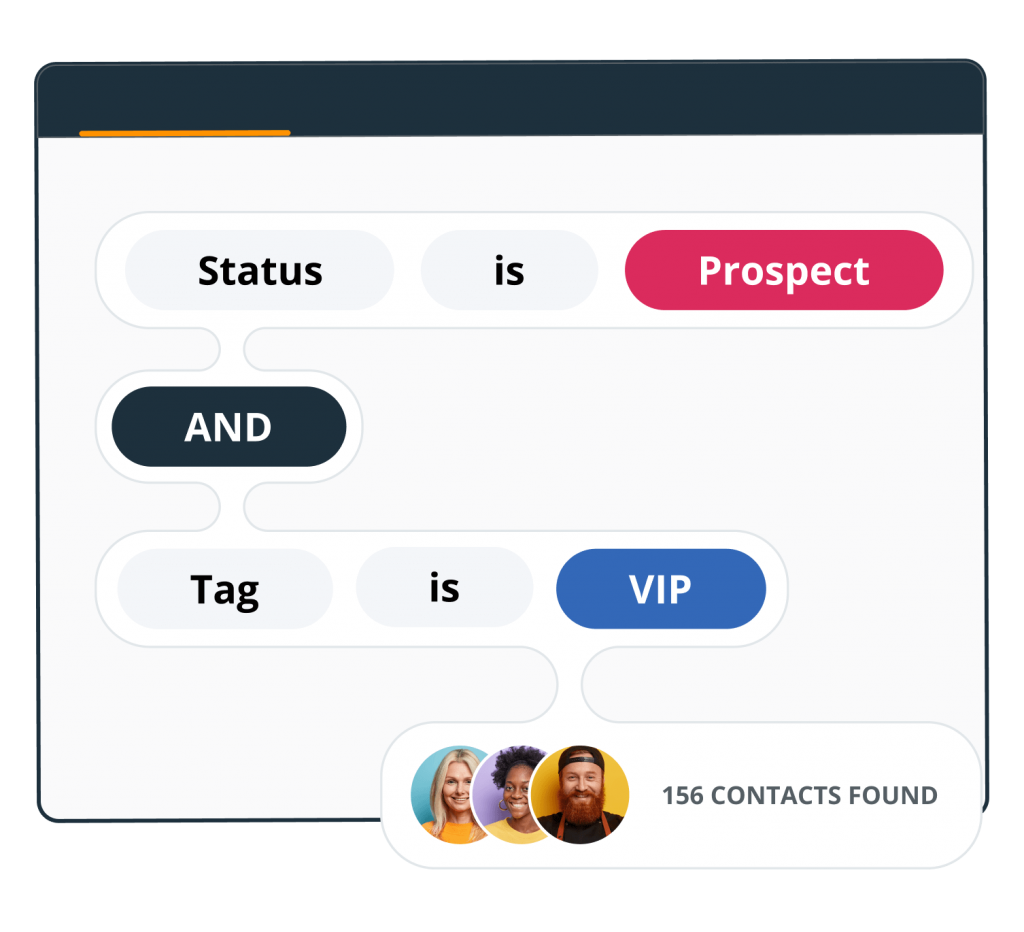
8. Optimize for mobile
Nowadays, a lot of prospect interactions happen on mobile. If your lead capture assets aren’t optimized for mobile, you’re likely leaking leads in a big way.
Be sure any lead capture forms, chatbots, quizzes, etc. render perfectly on smaller screens.
Pay close attention to things like text legibility and overall simplicity. The less pinching, scrolling, and friction a prospect encounters, the better.
Final words
Lead capture is both an art and a science.
The key is not just to get contact details, but to make sure that the most relevant leads make it to your sales funnel. Once they do, you need to create meaningful connections.
Good luck out there, and happy lead capturing!

